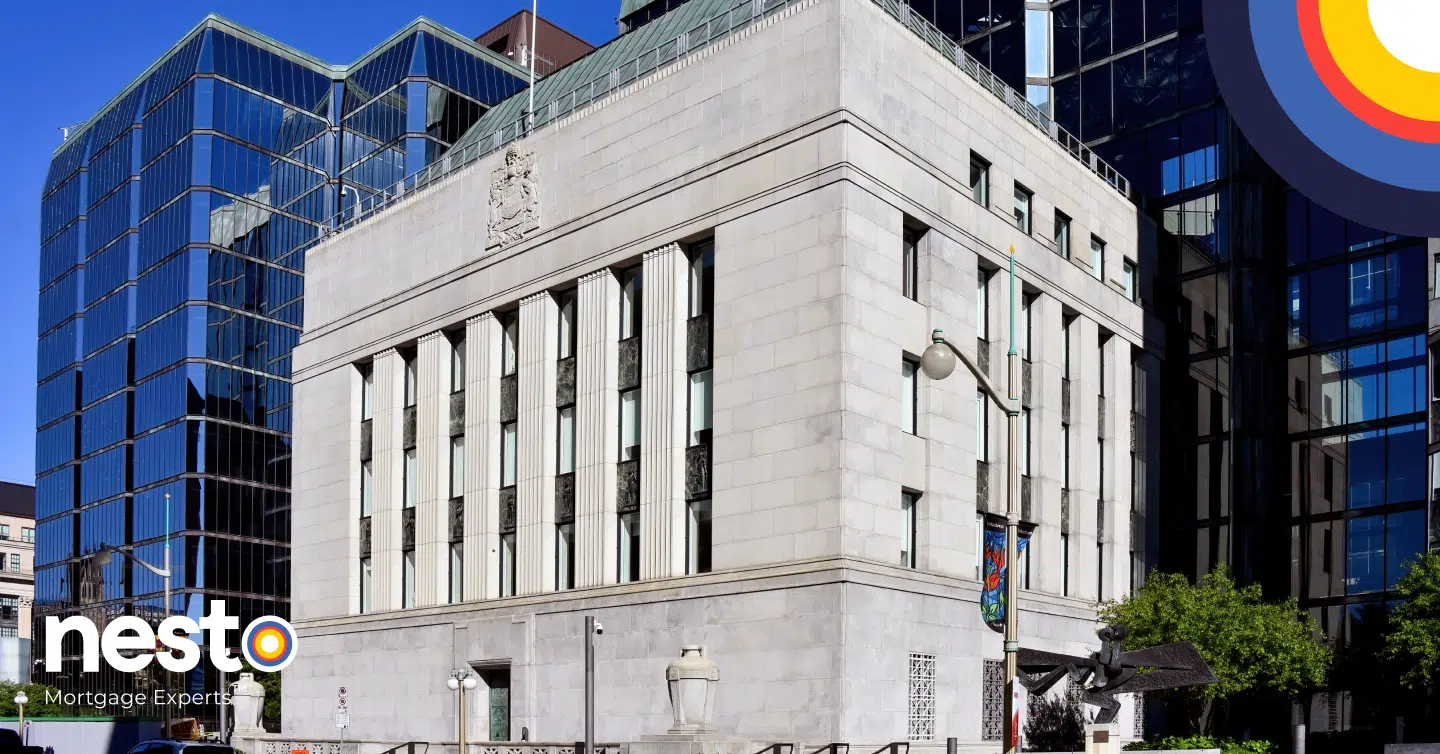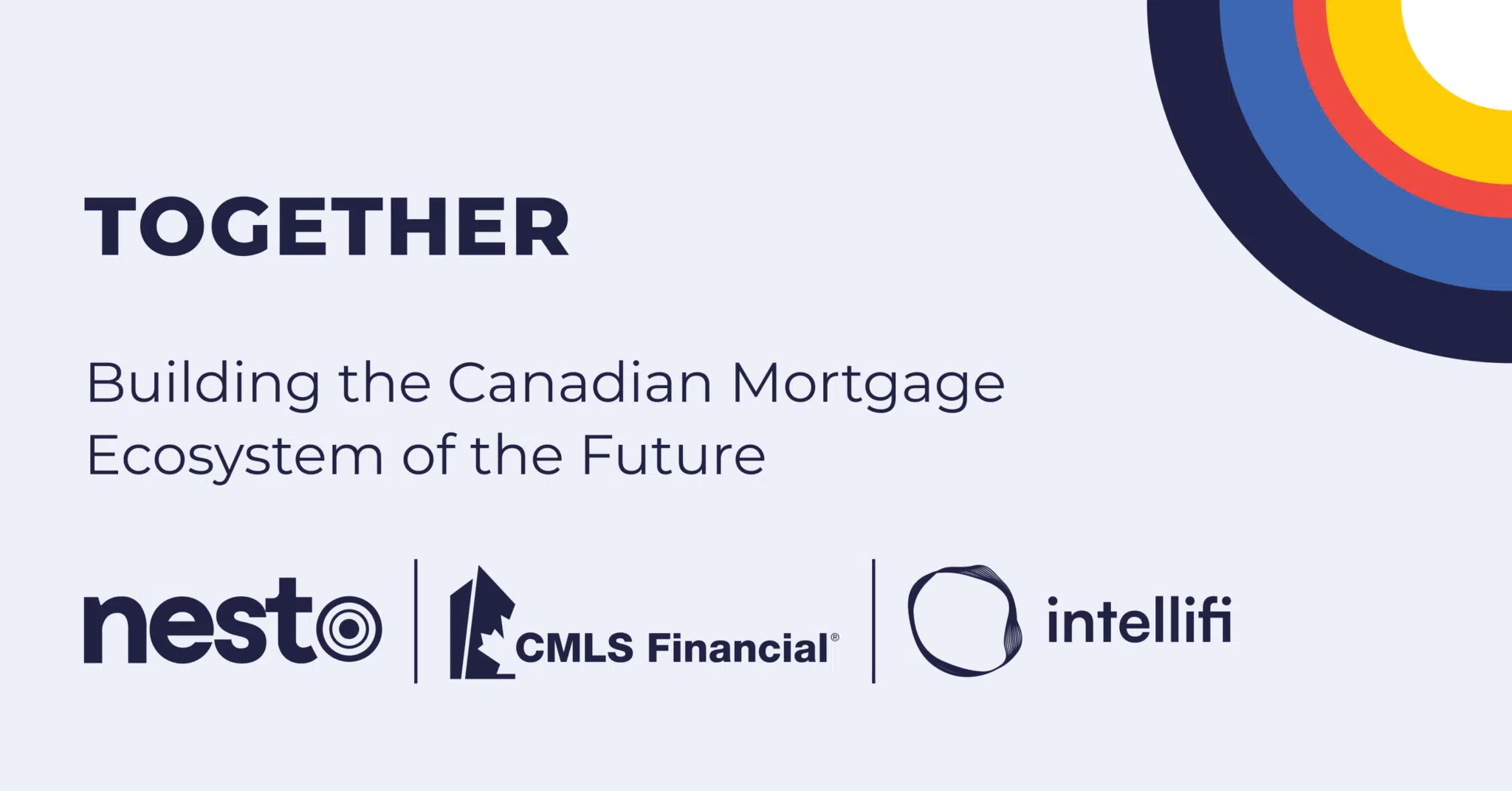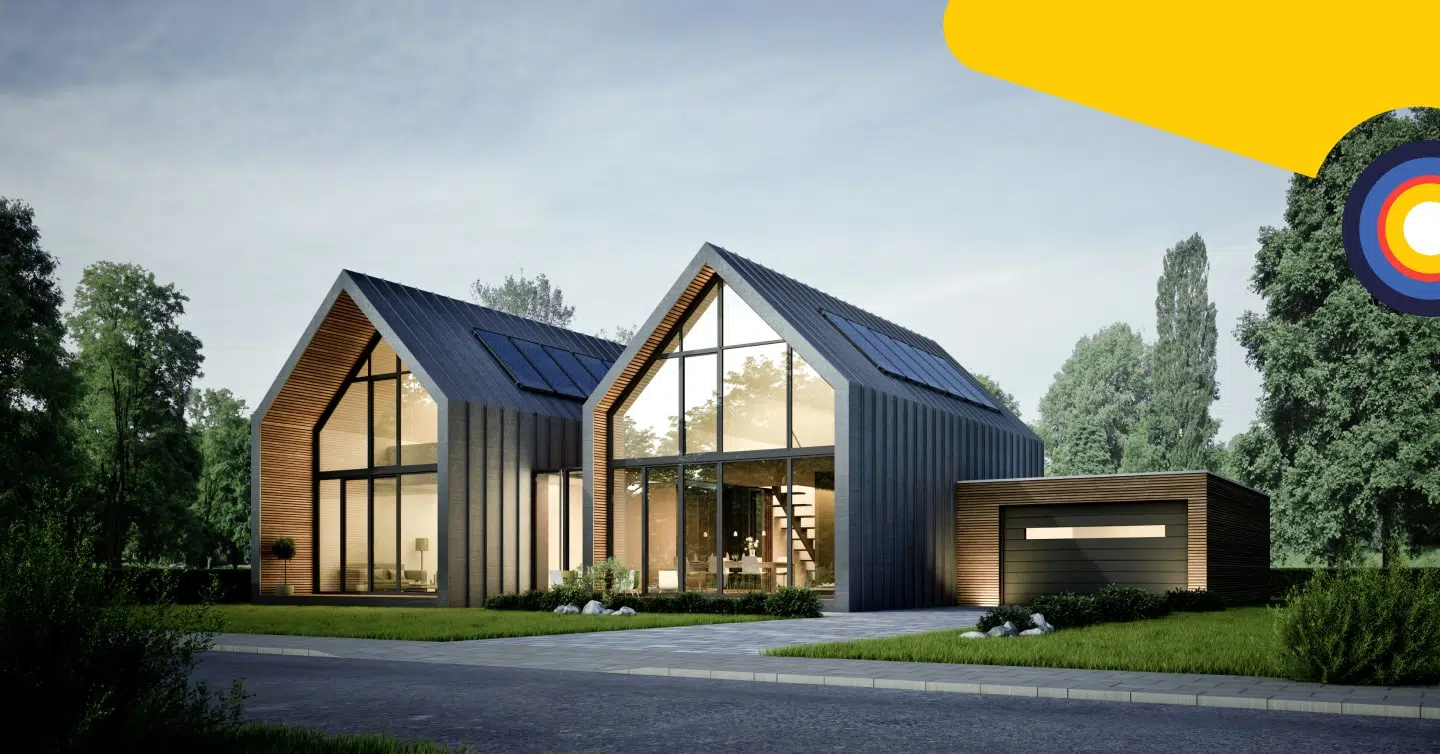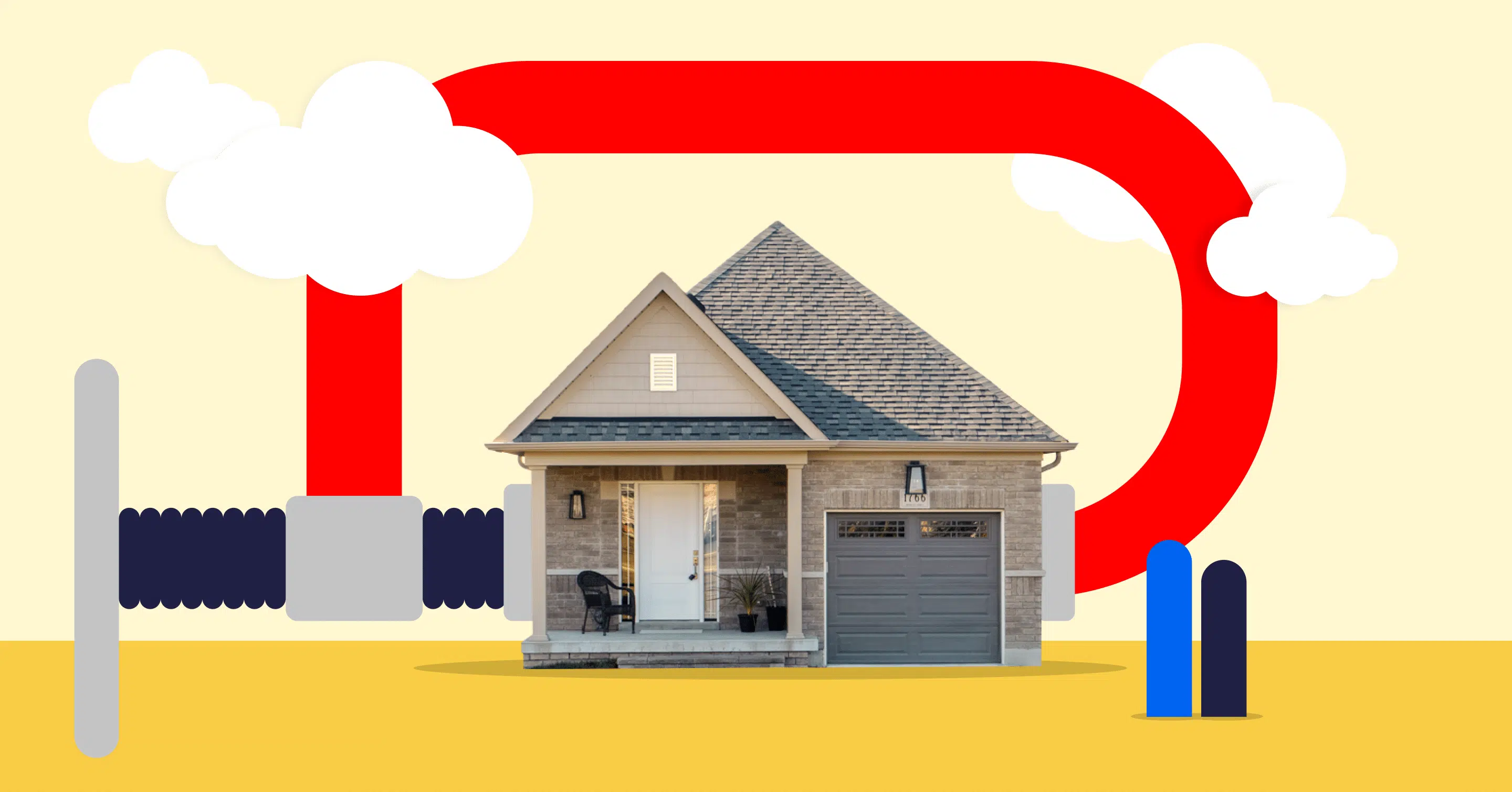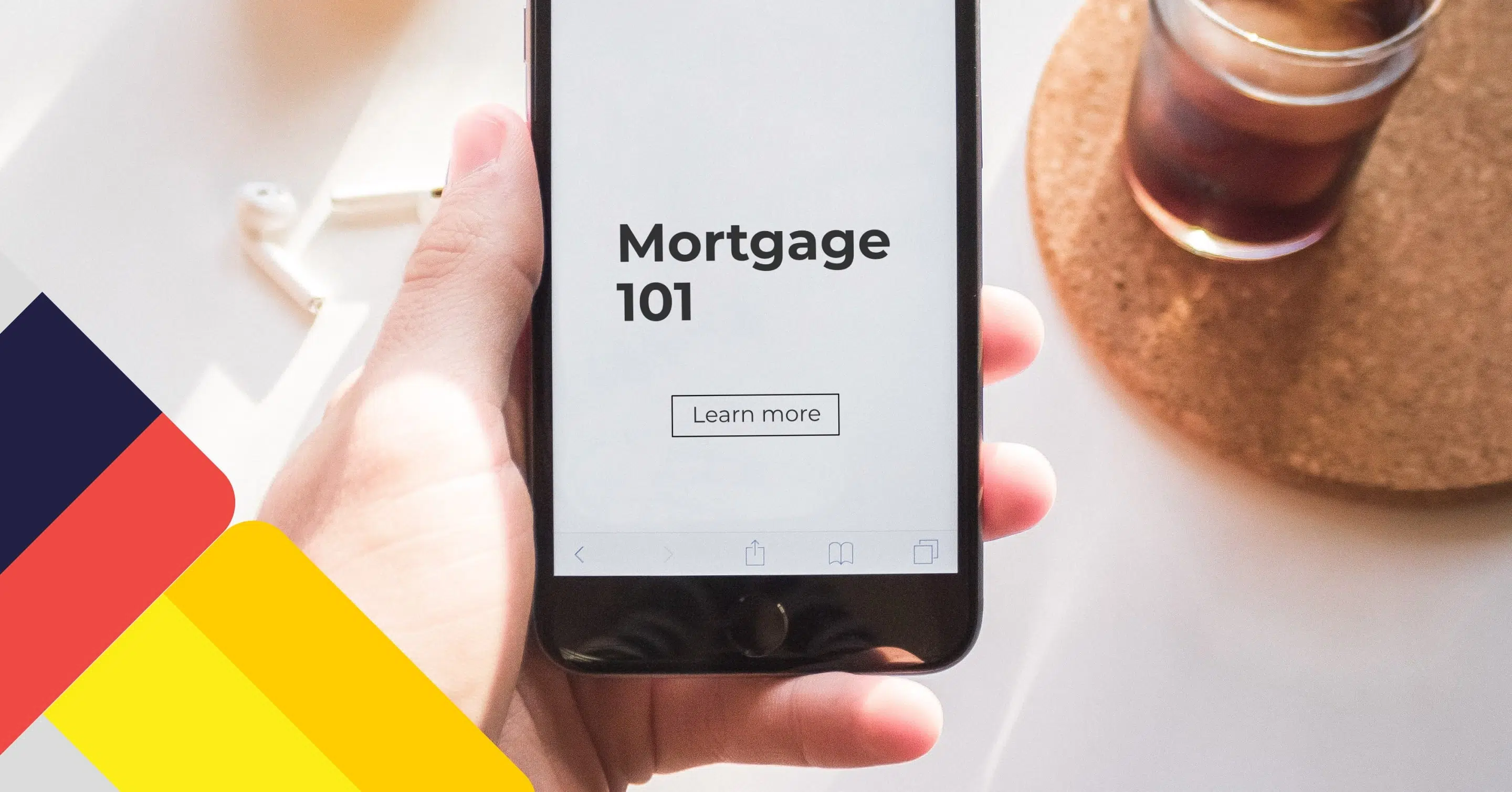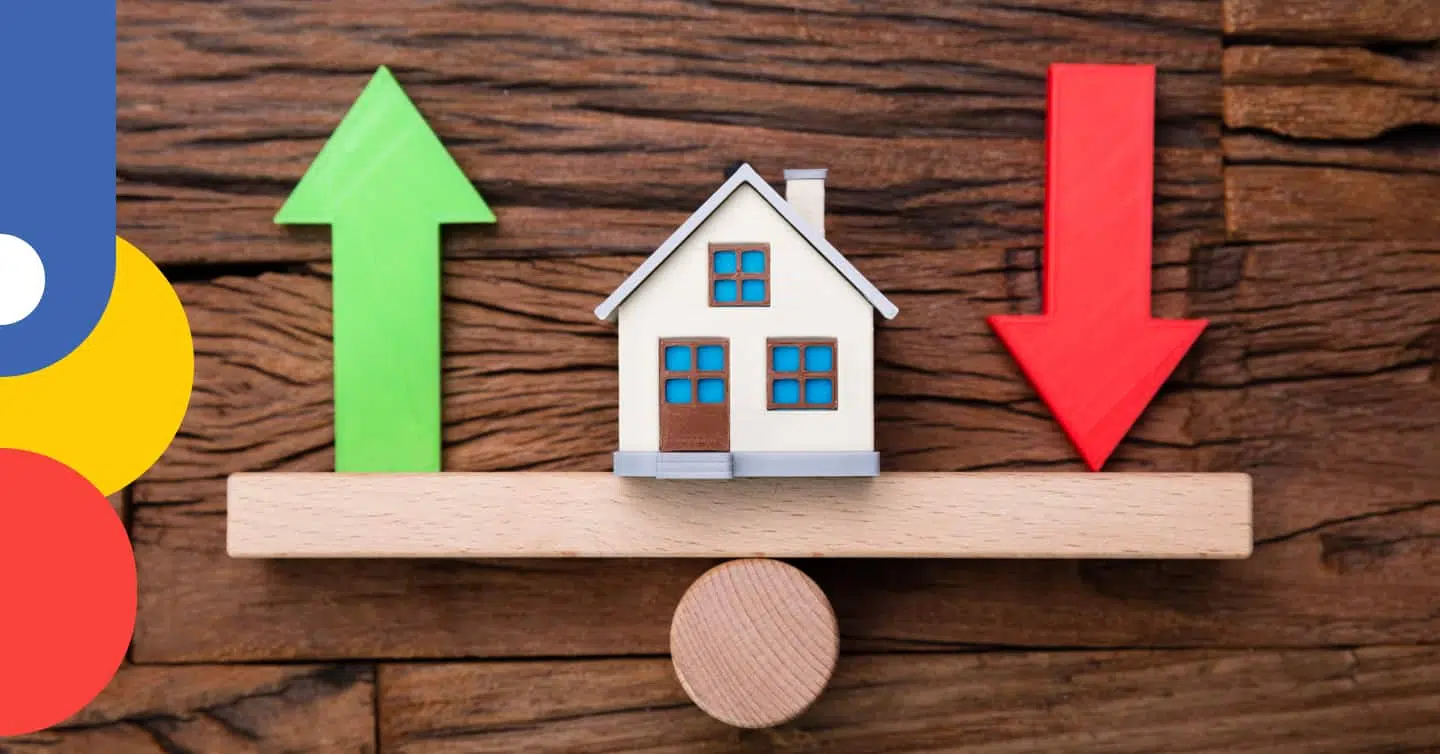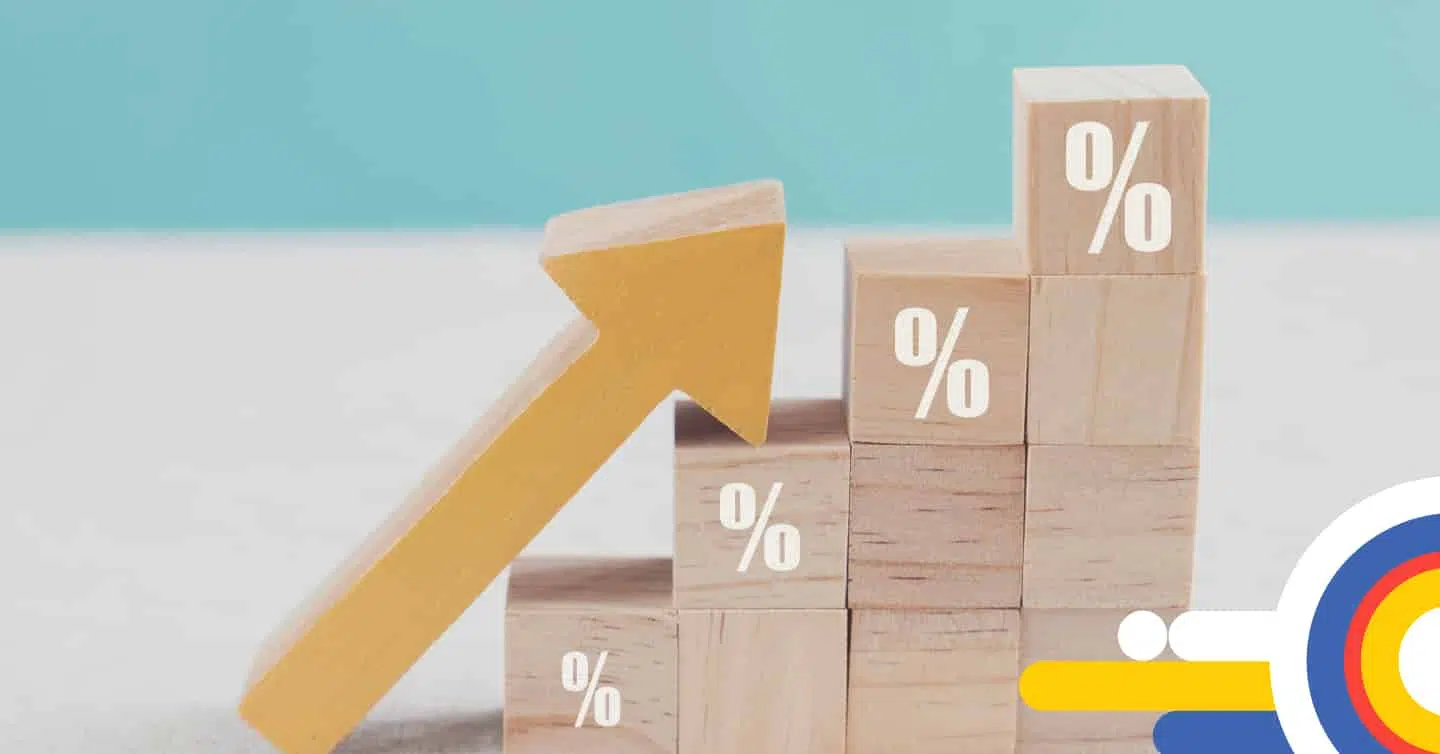Mortgage Basics #Featured articles
Mortgage Basics #Featured articles
Fixed-Rate Mortgages Remain the Most Popular Choice Among Canadian Homebuyers

Table of contents
Increasingly, Canadians are opting for fixed-rate mortgages over variable-rate mortgages despite fluctuating interest rates. This preference has stayed strong through economic ups and downs, reflecting the desire for predictability in household budgets. Fixed-rate mortgages have long been viewed as a haven for borrowers who want the confidence of budgeting and the predictability of knowing exactly what their monthly payments will be.
While variable-rate products can offer cost savings, fixed-rate products remain the most popular among buyers who prioritize stability and predictability. Whether you’re purchasing your first home, refinancing, or renewing, understanding why fixed rates remain so popular can help you make a more confident mortgage decision.
Key Takeaways
- Fixed rates dominate because they lock in predictable payments, removing the uncertainty of fluctuating interest rates.
- Market volatility and the Bank of Canada’s policy shifts have reinforced the preference for stability over potential savings.
- Borrowers should weigh the comfort of fixed payments against the potential for higher costs over the long term.
Why Fixed Rate Mortgages Remain Popular
Canadians have consistently favoured fixed-rate mortgages for decades. According to the Mortgage Professionals Canada Semi-Annual State of the Housing Market Report, fixed rates are almost four times as common as variable rates, compared to three times last year.
Despite a brief uptick in variable-rate popularity during the low-rate environment of 2020–2021, it appears that fixed rates are making a comeback, with 75% of mortgages now being fixed-rate and only 20% variable. The trend reveals a clear preference for payment certainty, notably as rates have risen and economic uncertainty remains.
It appears many households prefer budgeting with confidence, and a fixed rate offers the peace of mind that their payment won’t suddenly jump if the Bank of Canada raises the policy rate.
Stability and Predictability
Fixed-rate mortgages are attractive because they lock in the same interest rate for the entire mortgage term. When you lock in the interest rate, you know exactly how much you will pay in principal and interest over the entire term, regardless of what happens to interest rates. For example, a borrower who locked in a 5-year fixed rate in early 2022 has been shielded from the rapid increases in variable rates over the last two years.
Fixed rates remove much of the guesswork from financial planning. You don’t need to worry that rate hikes will stretch your budget. For families juggling other costs, such as soaring food prices, childcare, tuition, and other recurring expenses, the predictability can help avoid any increases that could disrupt their cash flow.
Fixed-rate predictability helps homeowners:
- Avoid payment shock if rates rise unexpectedly over the term.
- Build consistent budgets without worrying about significant changes in monthly payments.
- Feel more secure during economic turbulence and uncertainty.
Recent Trends and Market Drivers
Several economic forces have combined to reinforce the popularity of fixed-rate mortgages in recent years. After a long period of historically low borrowing costs, the Bank of Canada began raising its policy rate in 2022 to combat inflation.
These increases quickly translated into higher variable mortgage rates, catching some homeowners by surprise as their monthly payments continued to climb. This experience has led to renewed caution and a growing preference for the security of fixed rates.
The sharp increase in borrowing costs highlighted just how vulnerable variable-rate borrowers can be if rates suddenly change. Many homeowners with adjustable-rate mortgages saw their monthly costs rise by hundreds of dollars in less than a year. Meanwhile, those with variable-rate mortgages hit their trigger rates or trigger points as their mortgage payments no longer covered any principal on their mortgage.
Inflation has been another powerful driver. As the cost of living increases, particularly for essential items such as groceries, utilities, and transportation, many feel the pressure to keep other expenses more predictable. Fixed mortgage payments become a way to lock in the most significant part of the household budget, creating a buffer against broader financial uncertainty.
Several factors have pushed more Canadians toward fixed rates:
- Inflation Pressures: Rising living costs have made predictable mortgage payments more appealing.
- Bank of Canada Policy: Multiple rate hikes since 2022 have increased borrowing costs and created uncertainty about when and by how much rates will fall again.
- Consumer Confidence: Many Canadians prefer stability, even if it means paying a slightly higher rate to avoid surprises.
Find a better rate, and we’ll match it, beat it, or give you $500*.
*Conditions Apply
With nesto, it’s stress-free
Comparing Fixed and Variable Rates
When you explore mortgage options, one of the first significant decisions is whether to opt for a fixed or variable interest rate. While both types of mortgages have their advantages, understanding how they work and what trade-offs they involve is essential before you commit to one over the other.
A fixed-rate mortgage maintains the same rate over the entire mortgage term and is tied to changes in bond yields with comparable terms. You’ll know exactly what your payment will be every month, which is ideal for budgeting.
A variable-rate mortgage is tied to a lender’s prime rate, which can go up or down. Historically, interest on variable and adjustable mortgages has often been less expensive over time, but they also expose borrowers to greater risk if interest rates rise.
Deciding between the two often comes down to your comfort with risk and your financial situation. If you have a stable income and can tolerate some fluctuation in your budget, an adjustable rate may offer potential savings, whereas a variable rate may offer long-term savings. But if you value predictable payments and rate announcements make you anxious, a fixed rate can give you the peace of mind that your mortgage costs won’t change.
Costs Over Time
While fixed rates protect you from future increases, you could miss out on lower rates if they fall during your locked-in term. Over a 5-year term, this could mean paying thousands more if rates fall. However, if rates do rise, fixed-rate borrowers avoid higher payments. This trade-off is why many Canadians opt for the certainty of a fixed rate, especially during periods of economic uncertainty.
Here’s an example:
- A 5-year fixed mortgage at 5.25% means your payments stay unchanged. If rates increase, you are protected from higher rates. If rates fall, you miss out on cost savings.
- A 5-year variable rate starting at 4.75% could increase multiple times over the term, resulting in higher costs than the fixed option. However, if rates fall, you will realize savings over the term.
Breaking a Fixed-Rate Mortgage
While fixed rates are popular for their stability, one of the downsides is the cost of breaking the mortgage early if your plans change or you want a lower rate when interest rates fall. Lenders typically charge a prepayment penalty, calculated based on the greater of 3 months’ interest or an interest rate differential (IRD). This penalty can be significant, depending on how the lender calculates it and the amount of time remaining on your term.
The IRD penalty can be thousands of dollars, depending on the calculation your lender uses (standard or discounted) and what rates are compared to when you started the term. In times when rates have fallen significantly compared to your fixed rate, the IRD penalty becomes increasingly more expensive, making it harder to realize cost savings when you break your mortgage for a lower rate.
How to Decide Which Rate Type Suits You
Choosing between fixed and variable isn’t just about comparing the interest rate; it’s also about thinking through how your finances, goals and comfort with risk align with the type of rate.
Consider these factors:
- Risk Tolerance: Are you comfortable with uncertainty in exchange for potential savings, or do you prefer to maintain stability and predictability?
- Income Stability: If you work in an industry where your earnings are predictable and stable, you might feel more confident riding out potential changes to rates. If your income is variable or commission-based, you may prefer the security that fixed payments provide.
- Market Outlook: Is it expected that rates may fall over the term you are selecting? A variable rate could be more appealing. Are rates expected to rise over the term you are selecting? A fixed mortgage could be more appealing to ride out any increases.
- Future Plans: Are you planning to move, refinance, or receive some money that you intend to use as a prepayment before the end of the term? You’ll need to weigh the costs of prepayment penalties, which are generally more costly with fixed rates compared to variable rates. In this case, a variable rate or a shorter fixed term could provide better flexibility.
- Budget Priorities: Can you afford higher monthly payments? If your budget can accommodate the potential for higher payments, a variable rate could help you save on interest costs. If your budget is already tight, a fixed rate may be the best option.
Frequently Asked Questions (FAQ) About Why Fixed Mortgages Remain the Most Popular in Canada
Are fixed mortgages more expensive than variable mortgages?
Whether a fixed mortgage is more expensive depends on how rates move over your term. If variable rates decrease, you may pay more total interest over the term with a fixed rate. If variable rates increase, you could pay less in total interest over the term with a fixed rate, as it shields you from rate increases.
Can I switch from a variable to a fixed mortgage later?
Most lenders allow you to convert a variable mortgage to a fixed mortgage during the term. However, the rate you receive will be based on current fixed rates, which may be higher than the rates in effect when you started your mortgage term.
How much does it cost to break a fixed-rate mortgage early?
Breaking a fixed-rate mortgage before its maturity can result in a prepayment penalty. This penalty is often the greater of 3 months’ interest or an interest rate differential (IRD), which can be significant and amount to thousands of dollars. It’s essential to reach out to your lender to understand which calculation method they will use and what your penalty will be before deciding to break your mortgage before its term ends.
Final Thoughts
Fixed mortgages remain the most popular choice among Canadian homebuyers and homeowners, as they offer predictability and stability during times of economic uncertainty. Whether you value predictable payments, want to avoid the stress of fluctuating rates, or are simply looking for peace of mind over the next few years, locking in a fixed rate can be a smart part of your long-term financial strategy.
If you’re weighing the pros and cons of fixed versus variable rates or considering a renewal or refinance, connect with a nesto mortgage expert today. They’ll help you compare your options, understand the costs, and create a mortgage strategy that aligns with your unique needs and goals.
Ready to get started?
In just a few clicks, you can see our current rates. Then apply for your mortgage online in minutes!


